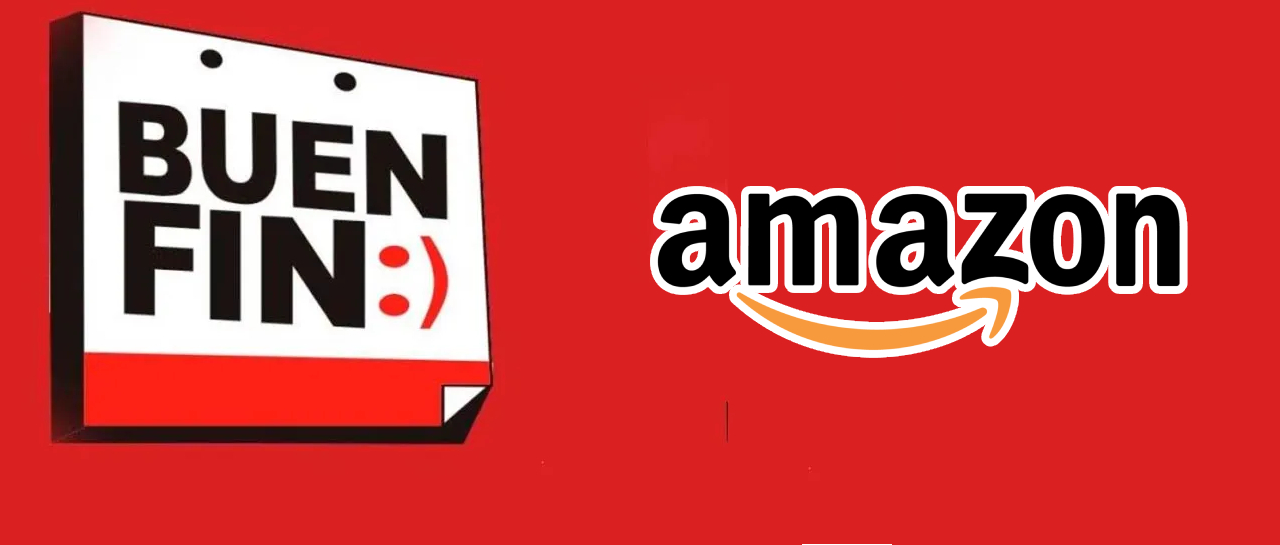AFP via Getty Images
Meta and Mark Zuckerberg face a six-letter problem. Spell it out with me: TikTok.
Yeah, TikTok, the short-form video app that has hovered up a billion-plus users and becomes a Hot Thing in Tech, means trouble for Zuckerberg and his social networks. He admitted as much several times in a call with Wall Street analysts earlier this week about quarterly earnings, a briefing in which he sought to explain his apps’ plateauing growth — and an actual decline in Facebook’s daily users, the first such drop in the company’s 18-year history.
Zuckerberg has insisted a major part of his TikTok defense strategy is Reels, the TikTon clone — ahem, short-form video format — introduced on Instagram and Facebook and launched in August 2020.
If Zuckerberg believed in Reels’ long-term viability, he would take a real run at TikTok by pouring money into Reels and its creators. Lots and lots of money. Something approaching the kind spent by YouTube, which remains the most lucrative income source for social media celebrities. (Those creators produce content to draw in engaged users. The platforms sell ads to appear with the content — more creators, more content, more users, more potential ad revenue. It’s a virtual cycle.)
Now, here’s as good a time as any for a crash course in creator economics. For this, there’s no better guide than Hank Green, whose YouTube video on the subject recently went viral. His fame is most rooted there on YouTube, where he has nine channels run from his Montana home. His most popular channel is Crash Course (13.1 million subscribers — an enviable YouTube base), to which he posts education videos for kids about subjects like Black Americans in World War II and the Israeli-Palestinian conflict.
Like the savviest social media publishers, Green fully understands that YouTube offers the best avenue for making money. It shares 55% of all ad revenue earned on a video with its creator. “YouTube is good at selling advertisements: It’s been around a long time, and it’s getting better every year,” Green says. On YouTube, he earns around $ 2 per thousand views. (In all, YouTube distributed nearly $ 16 billion to creators last year.)
Green sports an expansive mindset, though, and he has accounts on TikTok, Instagram and Facebook, too. TikTok doesn’t come close to paying as well as YouTube: On TikTok, Green earns pennies per every thousand views.
Meta is already beginning to offer some payouts for Reels. Over the last month, Reels has finally amassed enough of an audience for Green’s videos to accumulate 16 million views and earn around 60 cents per thousand views. Many times over TikTok’s but still not enough to get Green to divert any substantial his focus to Reels, which has never managed to replicate TikTok’s zeitgeisty place in pop culture. (Tiktok “has deeper content, something fascinating and weird,” explains Green. Reels, however, is “very surface level. None of it is deeper,” he says.) Another factor weighing on Reels: Meta’s bad reputation. “Facebook has traditionally been the company that has been kind of worst at being a good partner to creators,” he says, citing in particular Facebook’s earlier pivot to long-form video that led to the demise of several promising media startups, like Mic and Mashable.
This is where Zuckerberg could use Meta’s thick profit margin (36%, better even than Alphabet’s) and fat cash pile ($ 48 billion) to shell out YouTube-style cash to users posting reels, creating an obvious enticement to prioritize reels over TikTok. Maybe even Reels over YouTube, which has launched its own TikTok competitor, Shorts.
Now, imagine how someone like Green might get more motivated to think about Meta if Reels’ number crept up to 80 cents or a dollar per thousand views. Or $ 1.50. Or a YouTube-worthy $ 2. Or higher still: YouTube earnings can climb over $ 5, double even for the most popular creators.
Meta has earmarked up to a 1 billion for these checks to creators, which sounds big until you remember the amount of capital Meta has available to it. (And think about the sum YouTube disburses.) Moreover, Meta has set a timeframe for dispensing those funds, saying last July it would continue through December 2022. Setting a timetable indicates that Meta could (will likely?) Turn off the financing come next Christmas.
Zuckerberg has demonstrated a willingness to plunk down Everest-size mountains of money over many years for projects does fully believe in. The most obvious example is the metaverse, the latest Zuckerberg pivot. Meta ran up a $ 10.1 billion bill on it last year to develop new augmented and virtual reality software and headsets and binge hire engineers. Costs are expected to grow in 2022. And unlike Reels, metaverse spending has no semblance of a time schedule; Wall Street has been told the splurge will continue for the foreseeable future. Overall, Meta’s view on the metaverse seems to be, We’ll spend as much as possible — for as long as it takes — for this to happen.
The same freewheeled mindset doesn’t seem to appply to Reels. But Zuckerberg knows he can’t let TikTok take over the short-form video space unopposed. Meta needs to hang onto the advertising revenue generated by Instagram and Facebook until it can make the metaverse materialize. (Instagram and Facebook, for perspective, generated 98% of Meta’s $ 118 billion revenue last year; sales of Meta’s VR headset, the Quest 2, accounted for the remaining 2%.) And advertising dollars will increasingly move to short-form video, following users’ increased demand for this type of content over the last several years.
Reality is, Zuckerberg has already admitted he doesn’t see Reels as a long-term solution to his TikTok problem. If he did, he’d spend more on it and creators like Green than what the metaverse costs him over six weeks.












